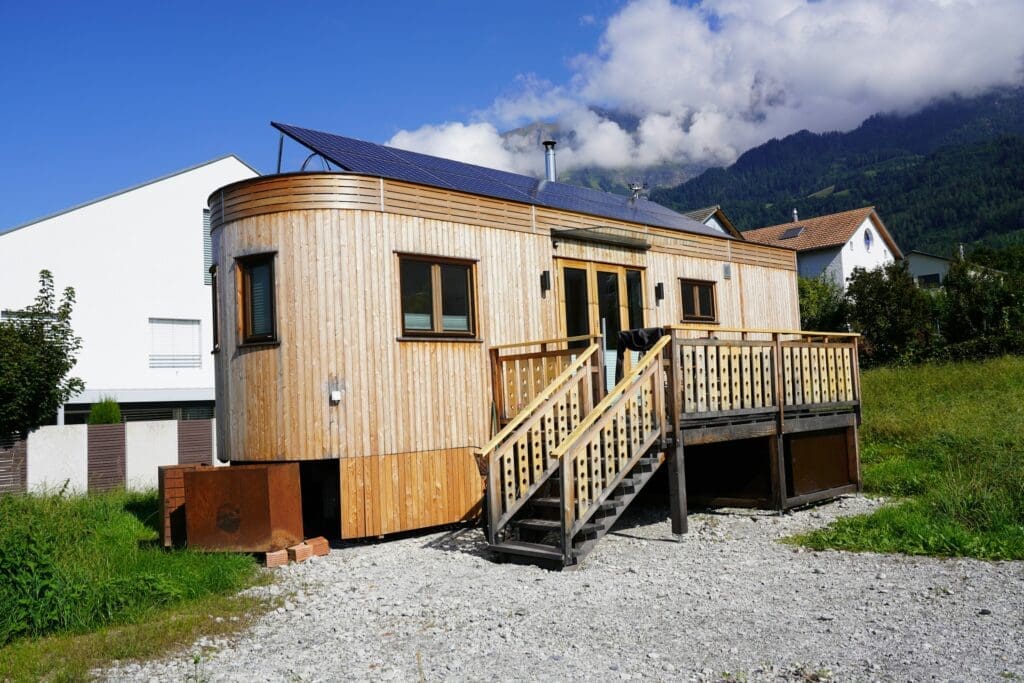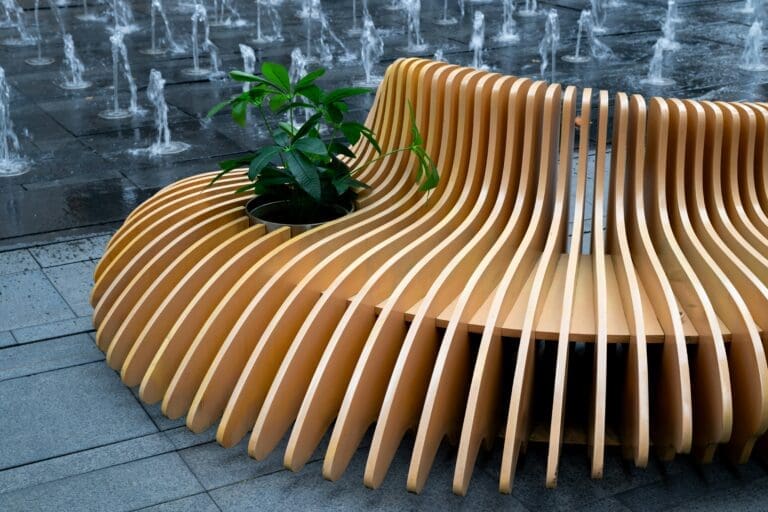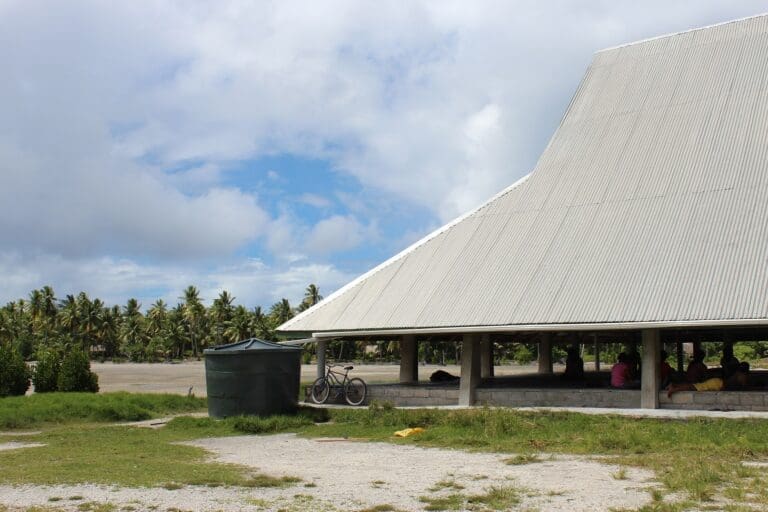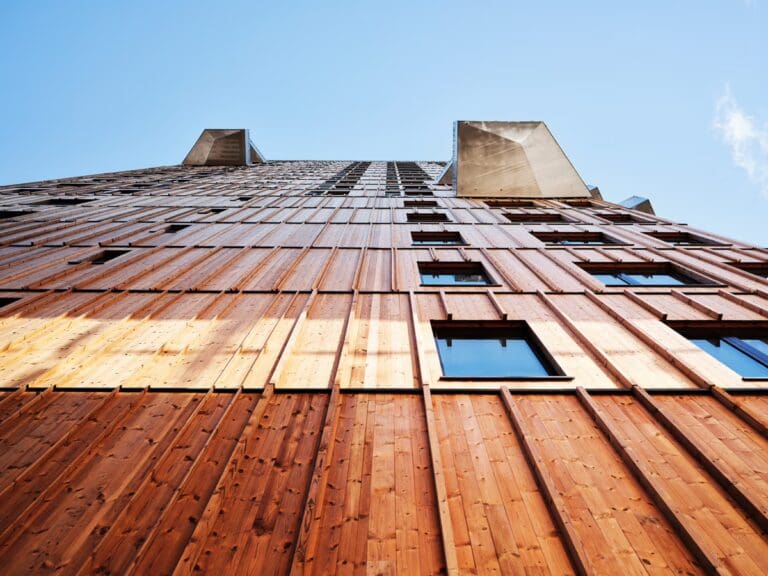In a Nutshell
In an era where minimalism meets sustainability, tiny homes have emerged as a compelling alternative to traditional housing. These compact dwellings, typically under 400 square feet (approx. 40 square meters), offer a lifestyle that emphasizes simplicity, affordability, and environmental consciousness.
What Are Tiny Homes?
Tiny homes are small-scale residences designed to maximize space efficiency and minimize environmental impact. They come in various forms, including stationary structures, mobile units on wheels, and even repurposed shipping containers. Despite their size, many are equipped with full kitchens, bathrooms, and sleeping areas, utilizing innovative design to ensure comfort and functionality.
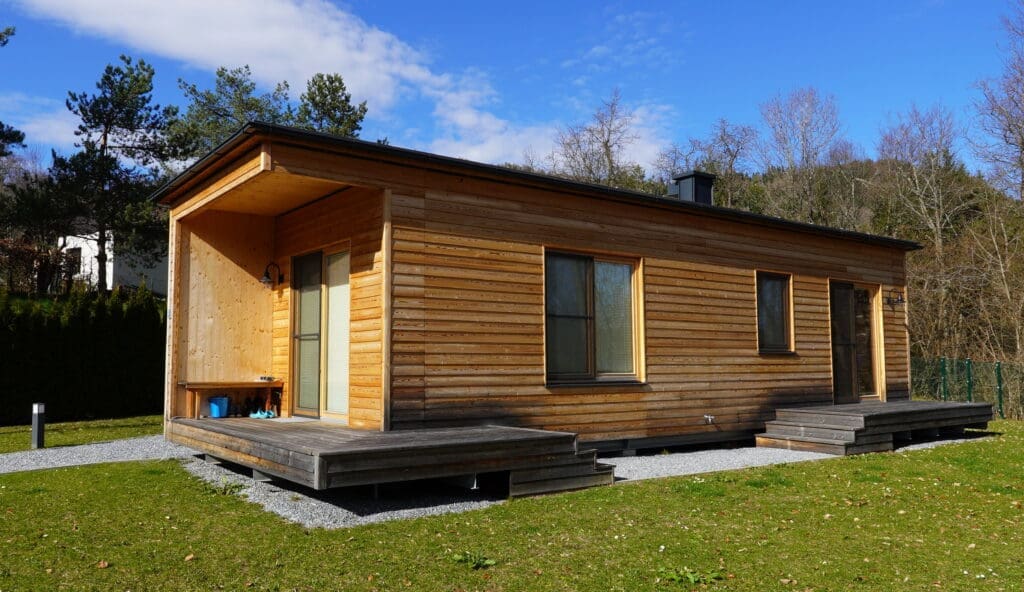
Brief History
The concept of tiny living isn’t entirely new. Historically, small dwellings have been utilized in various cultures, from yurts in Central Asia to cabins in North America. However, the modern tiny house movement gained momentum in the late 20th century, inspired by a desire to downsize and simplify life. In the 1970s, the first small, movable homes appeared, laying the groundwork for today’s movement. [1]
Why Choose a Tiny Home?
Several factors drive individuals toward tiny living:
Affordability: The average price of a tiny home is $60,000 (€57.000), depending on factors such as the choice of materials, whether it’s an off-the-shelf version, a pre-fabricated model, or assembled from individual parts, and whether the assembly is done by a third party or as a DIY project.[2]
Environmental Impact: Tiny homes produce 2,000 pounds (907 kg) of yearly CO2 emissions compared to 28,000 pounds (12.700 kg) from standard houses, significantly reducing one’s carbon footprint.[3]
Simplicity: Embracing a minimalist lifestyle can lead to reduced stress and a greater focus on experiences over possessions.

New Trends
The tiny home market is expected to be worth over $4 billion globally by 2027, indicating a growing interest in this lifestyle.[4]
Innovations such as self-driving tiny homes[5] and those that can seamlessly switch between being land-based and water-based are on the horizon [6], offering even more flexibility.
Top Countries Embracing the Tiny Home Movement
The tiny home movement has gained significant traction in several countries:
United States: As the birthplace of the modern tiny house movement, the U.S. boasts numerous tiny home communities and builders. Cities like Spur, Texas, have declared themselves tiny house-friendly, encouraging minimalist living.[7]
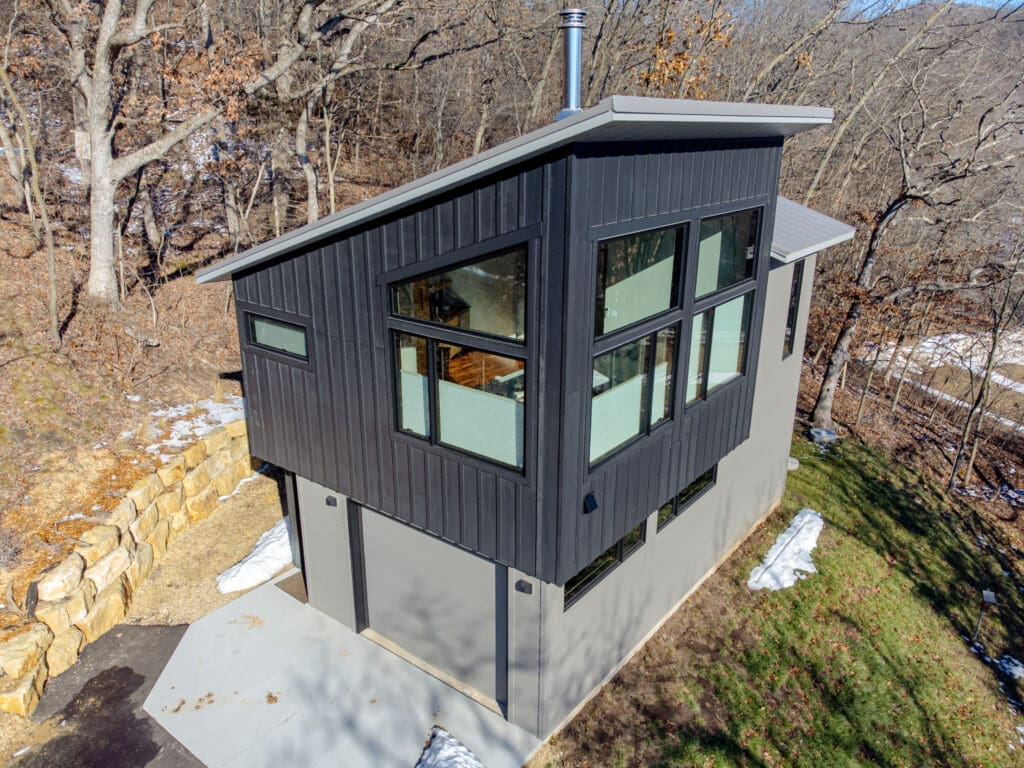
Canada: With a growing interest in sustainable living, Canada has seen an increase in tiny home communities, particularly in British Columbia and Ontario.[8] However, zoning regulations can vary, affecting the legality and placement of tiny homes.[9]

Australia: The movement is gaining momentum in Australia, with designers like Fred Schultz promoting tiny living.[9] Companies such as Designer Eco Tiny Homes are leading the market, producing approximately 100 tiny homes annually.
Europe: Numerous countries in Europe are part of the growing tiny-home movement.[10] Definitions, specifications, and regulations vary significantly from country to country. These differences include distinctions between tiny homes and caravans, camper vans, or “normal” houses, as well as regulations on dimensions, parking, and placement—just to name a few aspects.
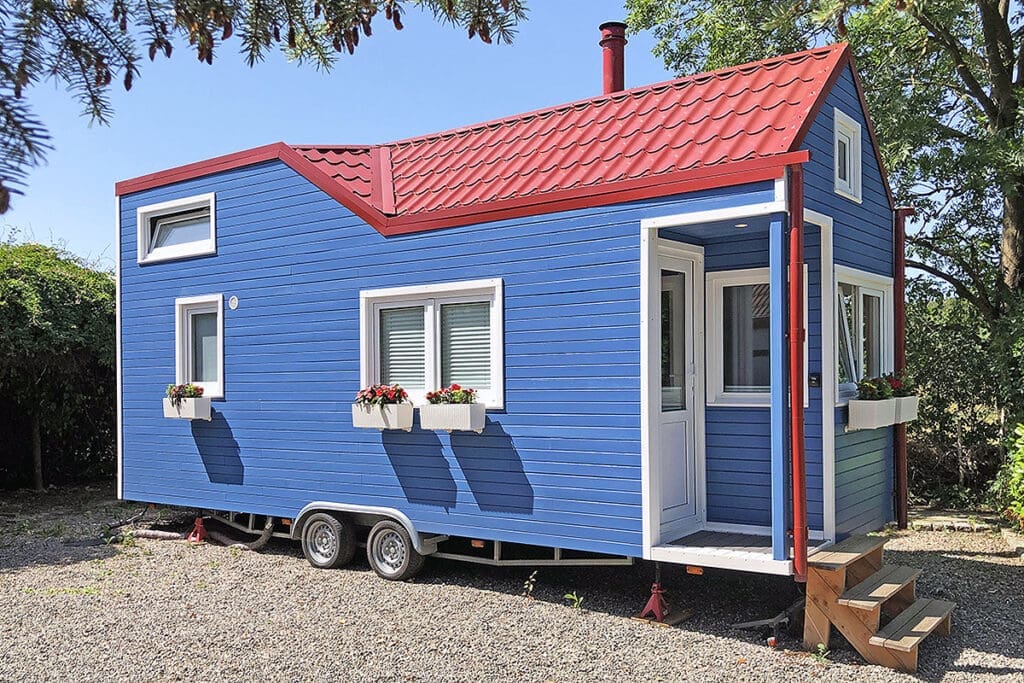
A Lifeline for Natural Disaster Victims
In the aftermath of the devastating July 2021 floods in Germany’s Ahr Valley, numerous residents faced the loss of their homes. To address the urgent need for housing, several initiatives were launched to provide temporary accommodations. One notable effort involved the construction of tiny house communities. For instance, in the town of Grafschaft, 25 tiny homes, each measuring approximately 30 square meters, were provided to flood victims. These fully equipped homes included a bathroom, bedroom, and open kitchen, offering displaced families a semblance of normalcy during a challenging time.[11]

Pros and Cons of Tiny Living
Pros:
Cost Savings: Lower building and maintenance costs make homeownership more accessible. The typical maintenance costs for tiny homes start at around $500 (€435) annually,[12] compared to $4,000 (€3,480) for standard homes.[13]
Eco-Friendly: Reduced energy consumption and smaller land use contribute to environmental sustainability. Most tiny homes consume less than 914 kWh which is much less than an average home.[14]
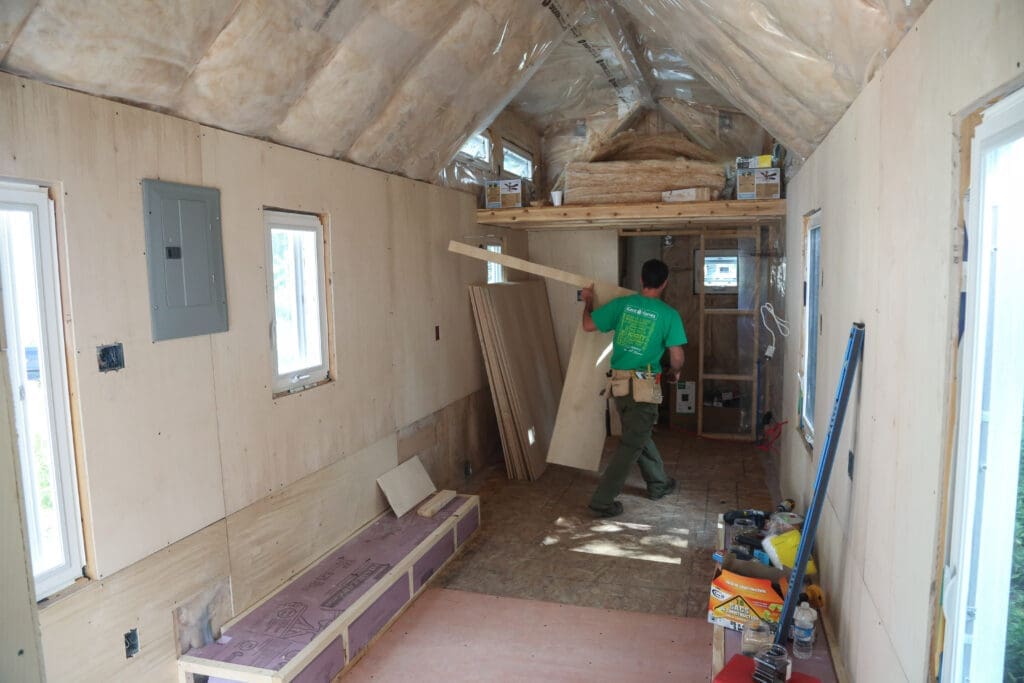
Mobility: For homes on wheels, the ability to relocate offers unparalleled freedom.
Cons:
Limited Space: Downsizing requires significant lifestyle adjustments and may not suit everyone. Families may find the space too restrictive for long-term living.
Zoning Regulations: Zoning restrictions vary significantly worldwide:
- Germany: Germany enforces some of the strictest laws for tiny homes. Mobile tiny houses (on wheels) are classified as caravans and are regulated under laws governing mobile homes. They cannot be used as permanent residences unless explicitly allowed by municipal zoning plans. Stationary tiny homes must comply with stringent building codes, including energy efficiency and safety standards. Permission often requires individual review, creating a patchwork of acceptance across federal states.[15]
- United States: Zoning issues are a primary barrier for nearly 50% of tiny home buyers. Some cities like Portland and Fresno have embraced tiny homes, while others prohibit them outright.[16]
Resale Value: The niche market can make selling a tiny home more challenging. Most tiny homes depreciate similar to vehicles.[17]
Conclusion
In conclusion, tiny homes represent a significant shift in housing preferences, emphasizing sustainability, affordability, and simplicity. As the movement grows, it continues to challenge traditional notions of living spaces, offering a viable alternative for those seeking a minimalist lifestyle.
Sources:
[1] https://www.havenn.com.au/discover-tiny-living/evolution-tiny-house-designs
[2] https://www.thespruce.com/super-affordable-tiny-homes-that-will-inspire-3017220
[3] https://todayshomeowner.com/eco-friendly/guides/tiny-home-statistics-and-facts/
[4] https://www.tinyhouse.com/post/tiny-house-statistics-2024
[5] https://tinyhousetalk.com/self-driving-tiny-homes-could-be-part-of-the-future/?utm_source=chatgpt.com
[6] https://www.yankodesign.com/2021/07/04/these-floating-tiny-homes-designs-are-the-eco-friendly-solution-our-planet-needs/
[7] https://cubicoon.com/2021/07/07/the-tiny-house-movement-and-some-tiny-villages-around-the-world/
[8] https://tinyhomeindustryassociation.org/canada-tiny-home-news/
[9] https://en.wikipedia.org/wiki/Tiny-house_movement
[10] https://thetinylife.com/european-tiny-house-builders/
[11] https://www.reuters.com/markets/commodities/christmas-miracle-german-flood-victims-receive-tiny-houses-2021-12-23/
[12] http://tinyhousefanatics.com/the-cost-to-maintain-a-tiny-house/?utm_source=chatgpt.com
[13] https://homeguide.com/costs/average-home-maintenance-costs
[14] https://poweredportablesolar.com/how-much-electricity-does-a-tiny-house-use/?utm_source=chatgpt.com
[15] https://livinginatiny.blogspot.com/2024/03/tiny-house-living-in-germany-your-guide.html
[16] https://www.backcountrytinyhomes.com/tiny-home-parking
[17] https://tinyhousetalk.com/do-tiny-homes-appreciate-or-depreciate-in-value-over-time

